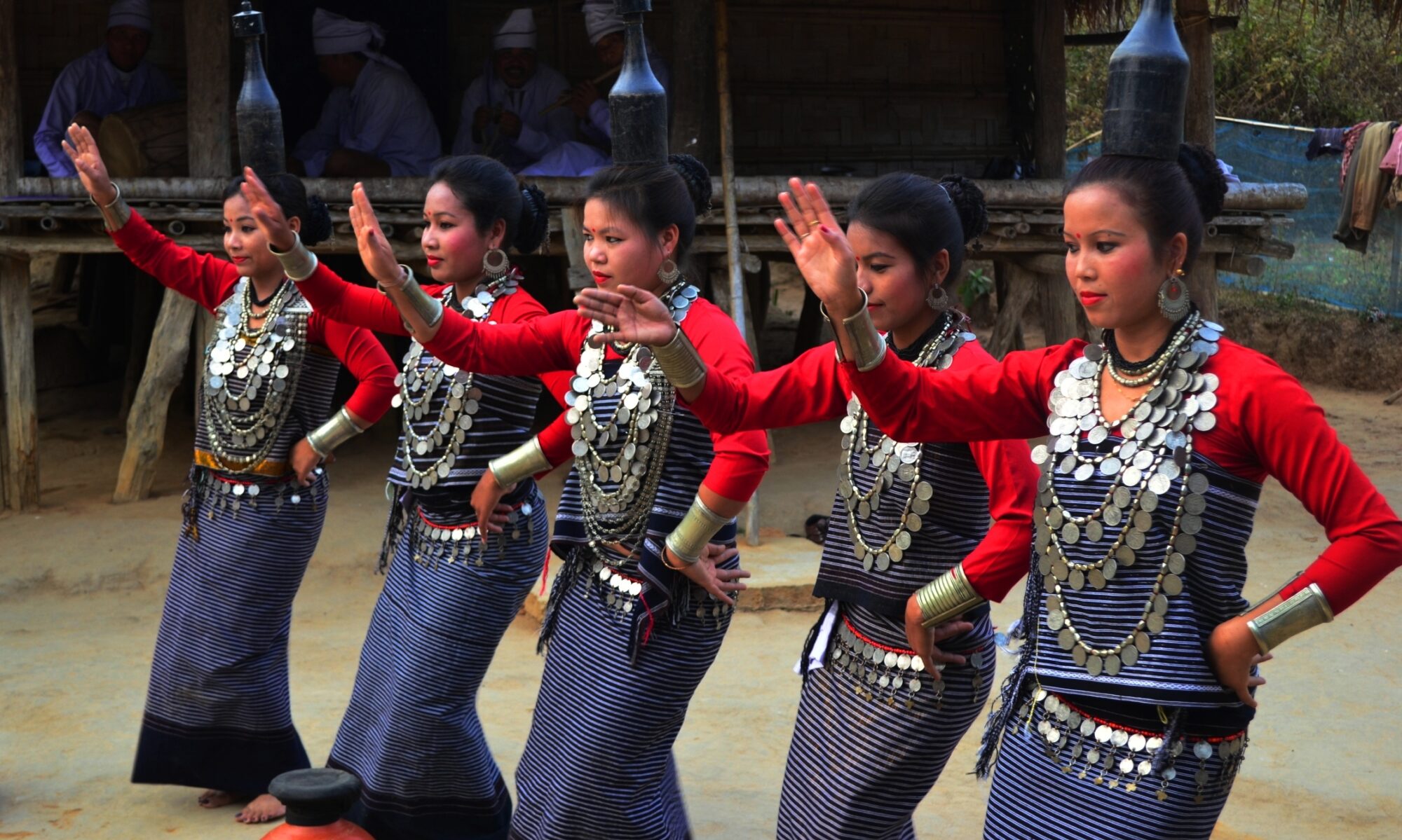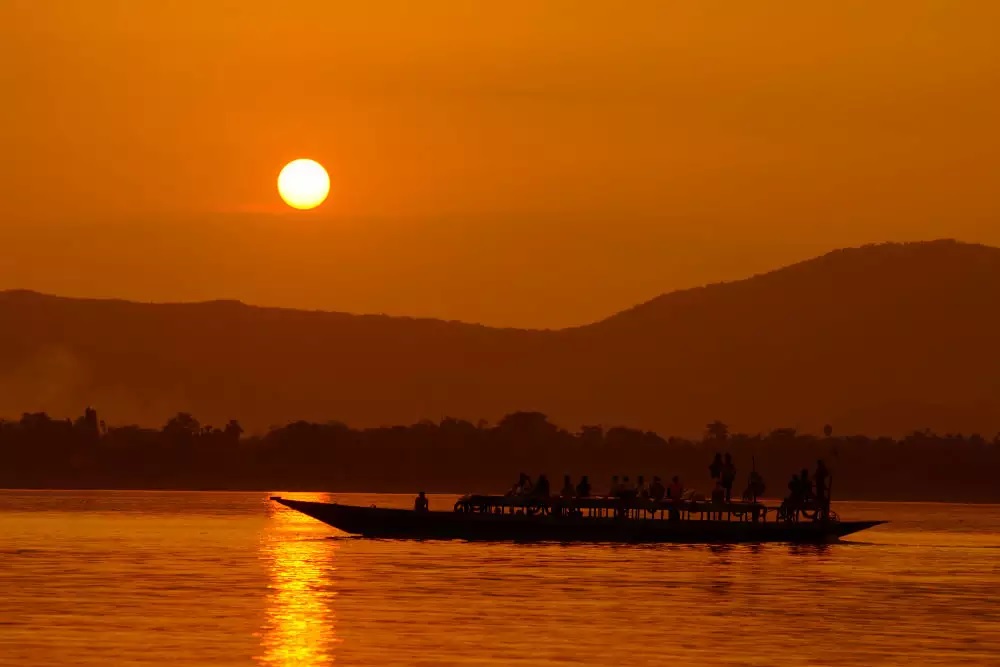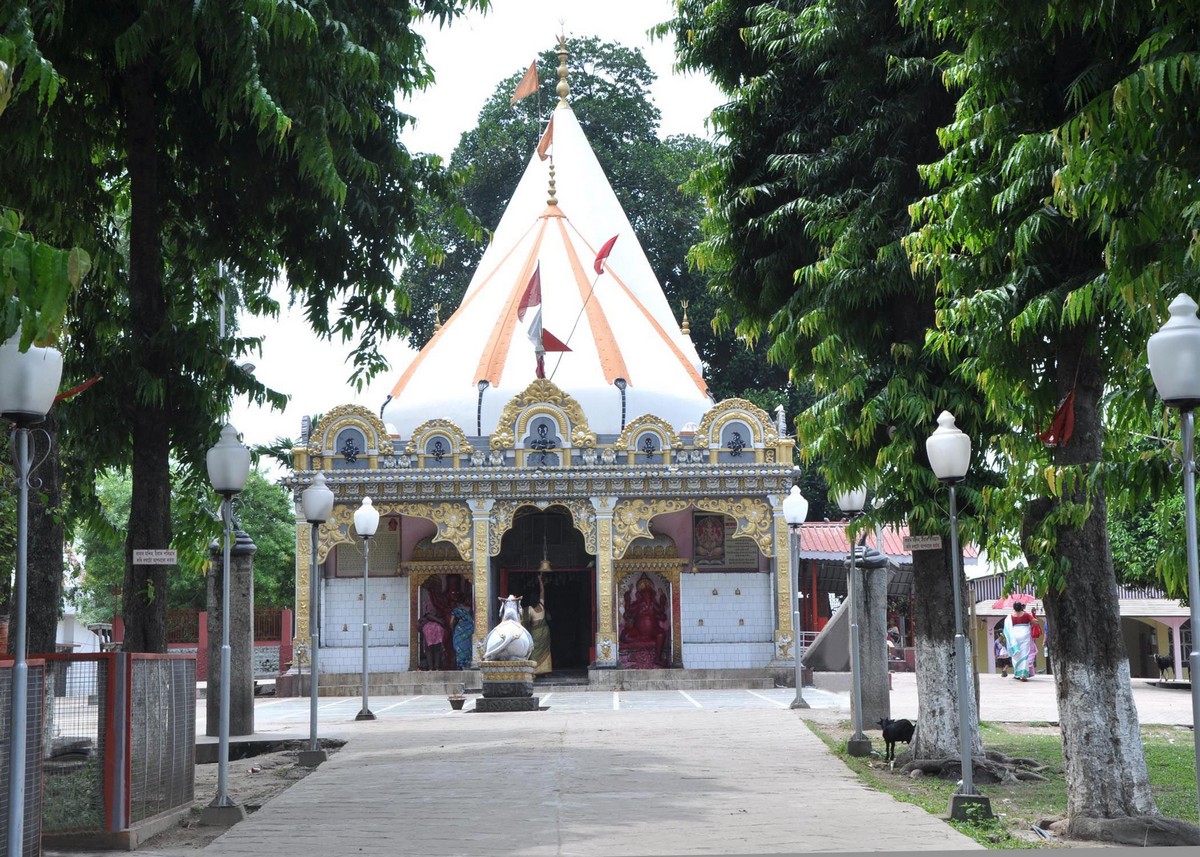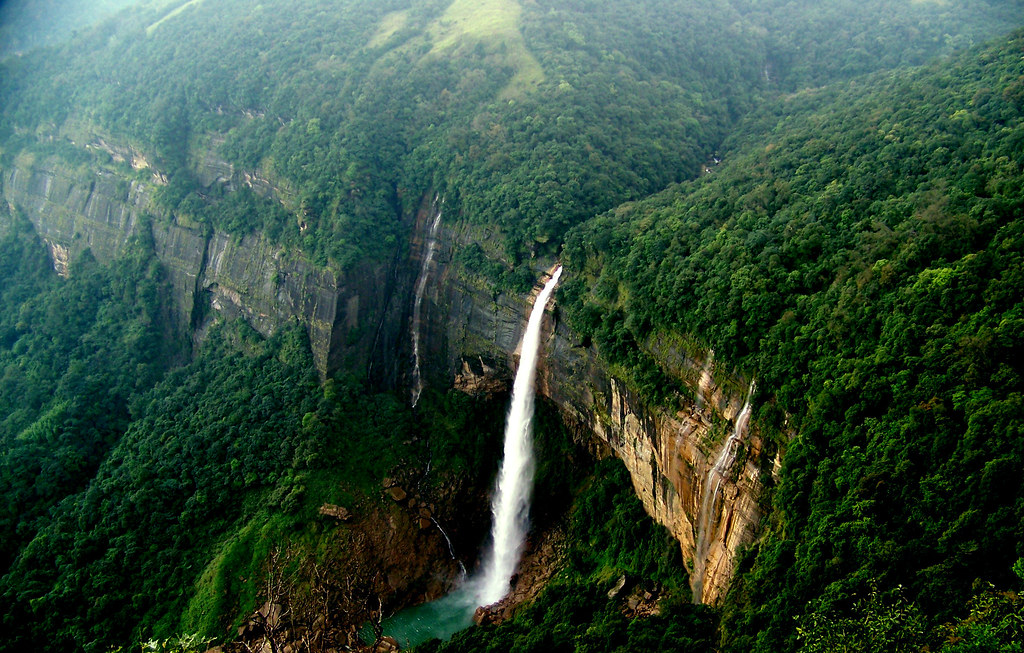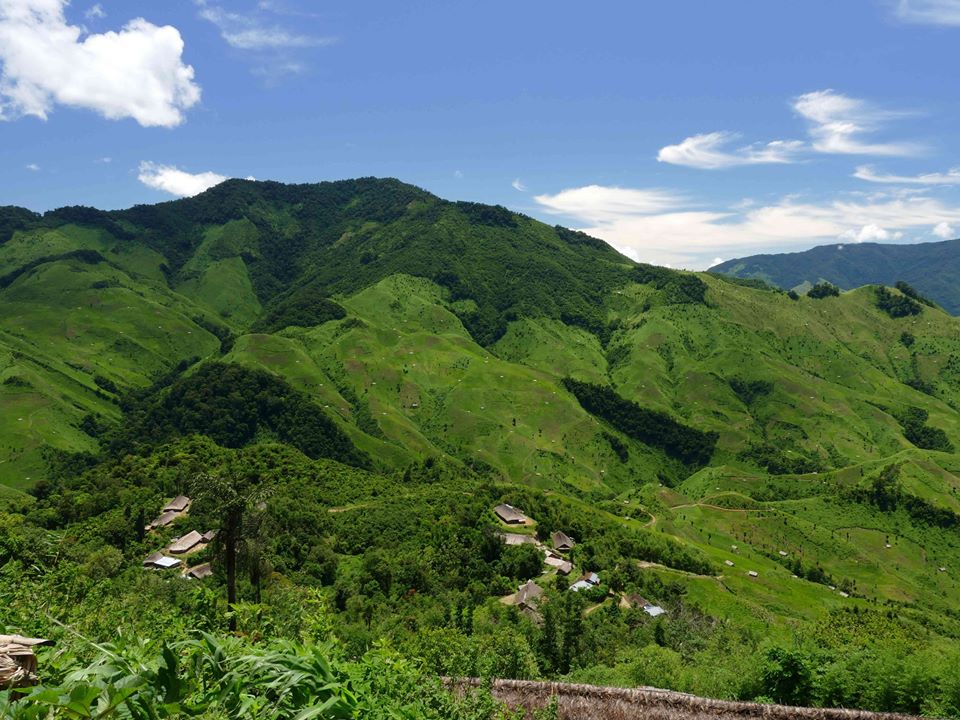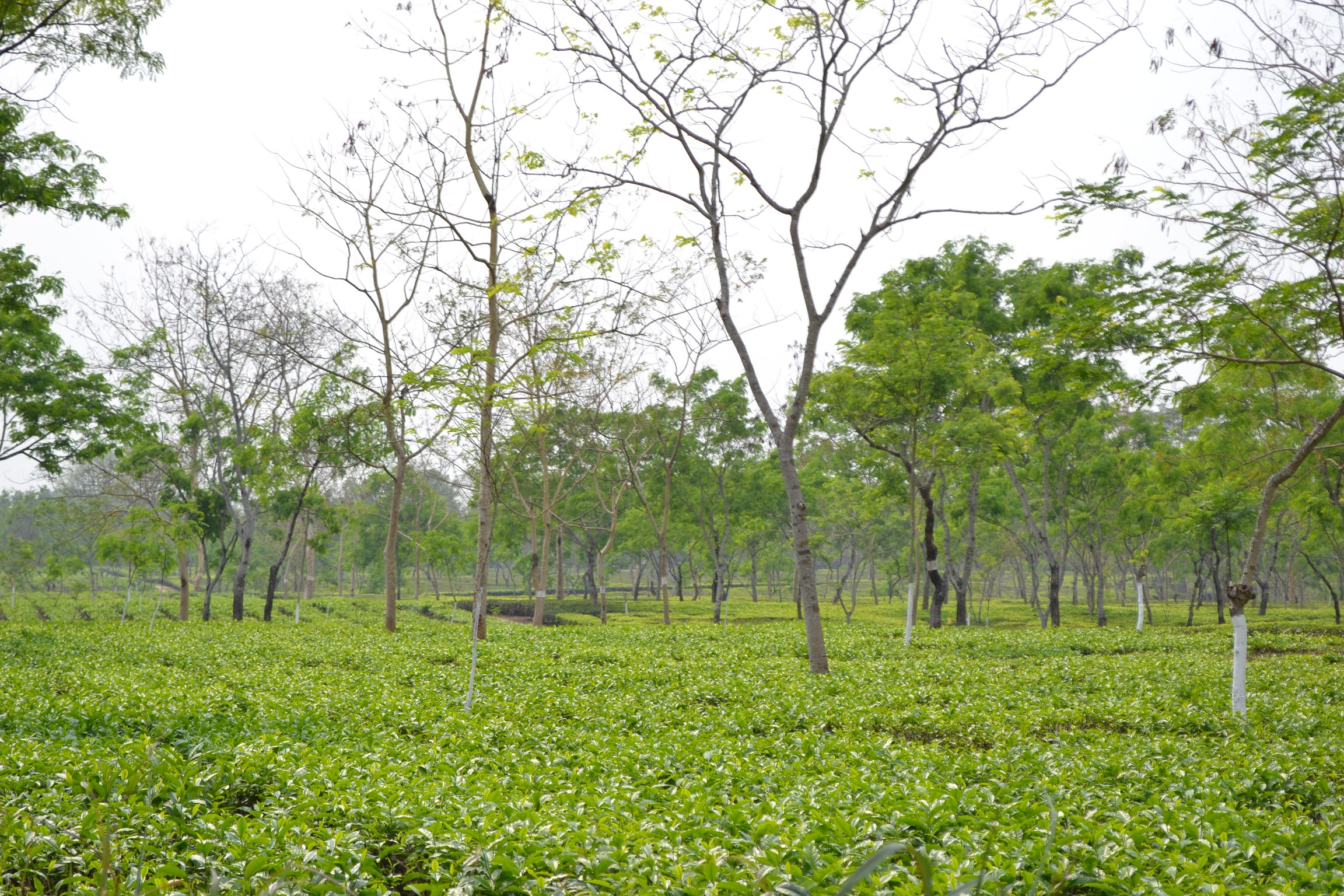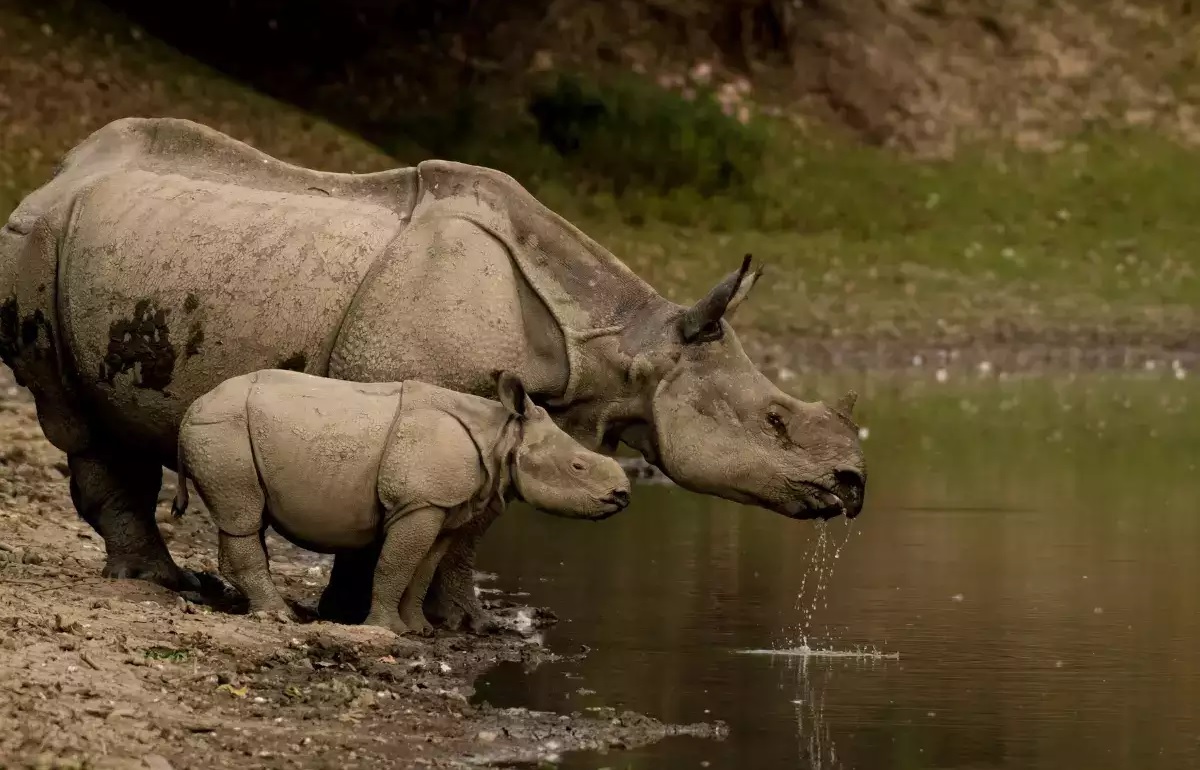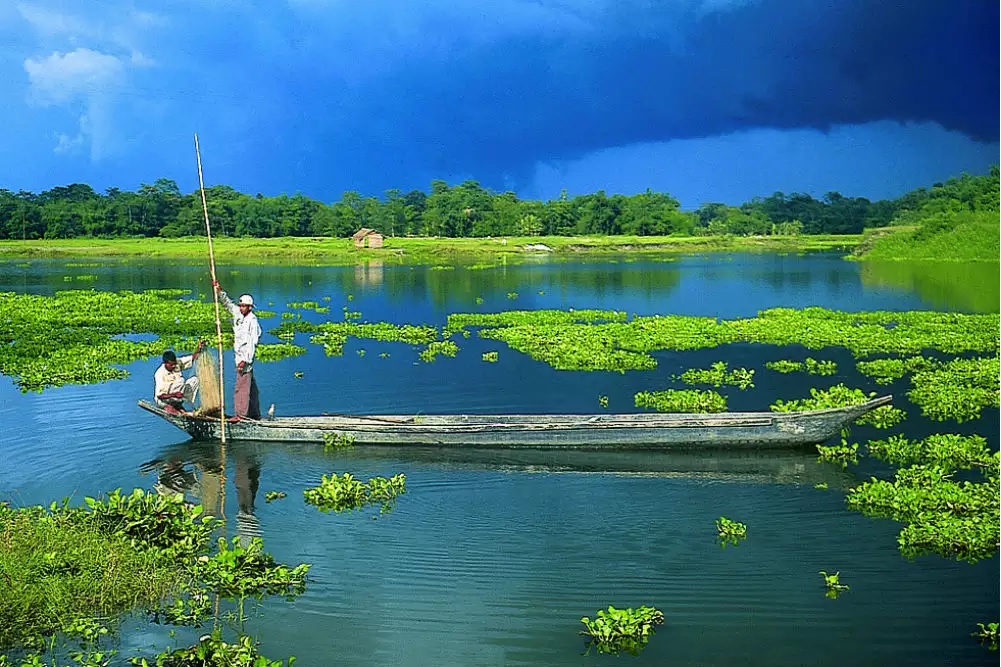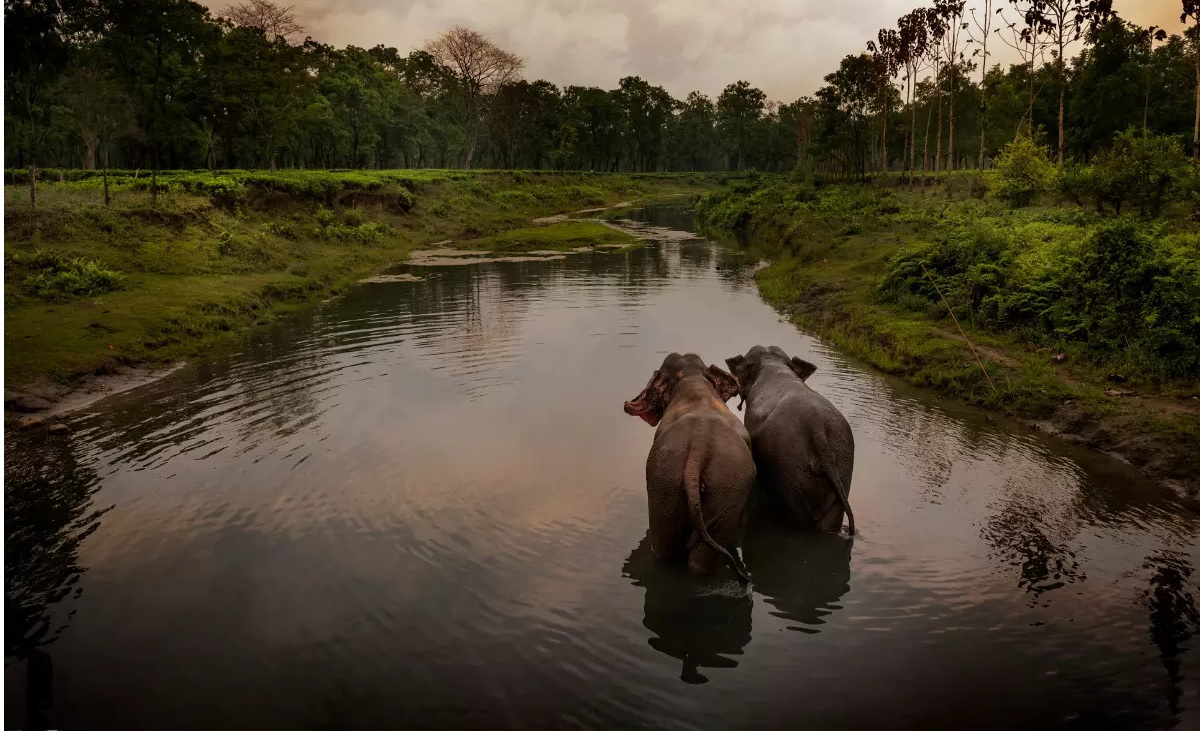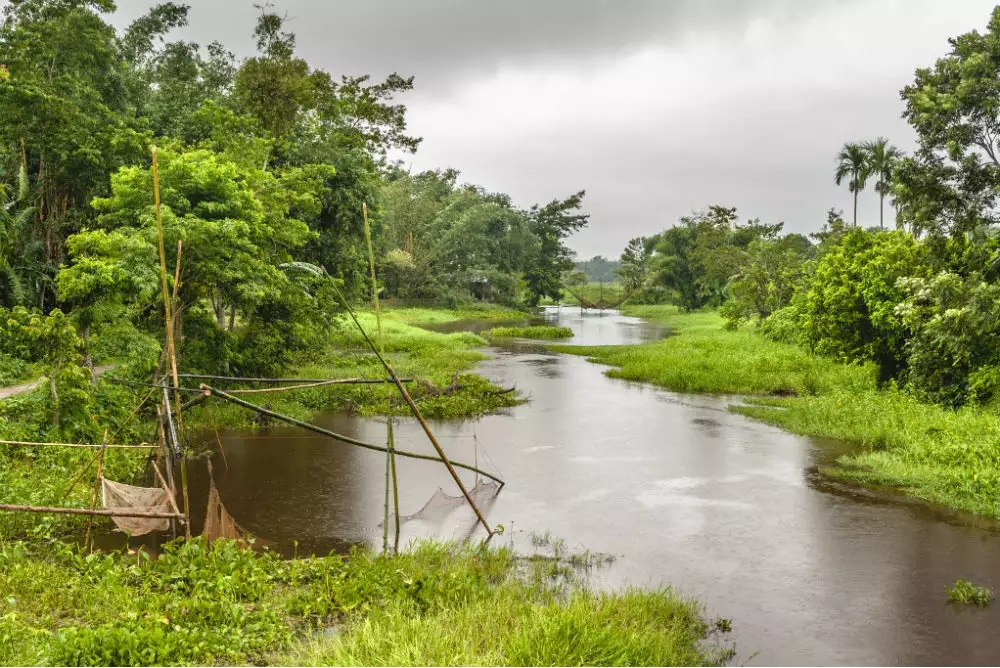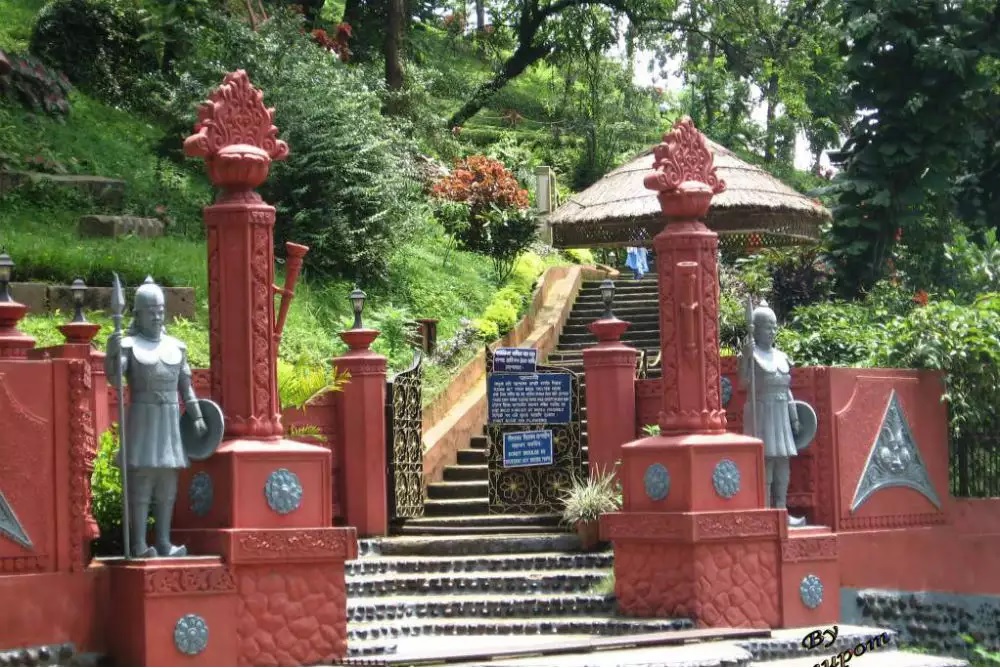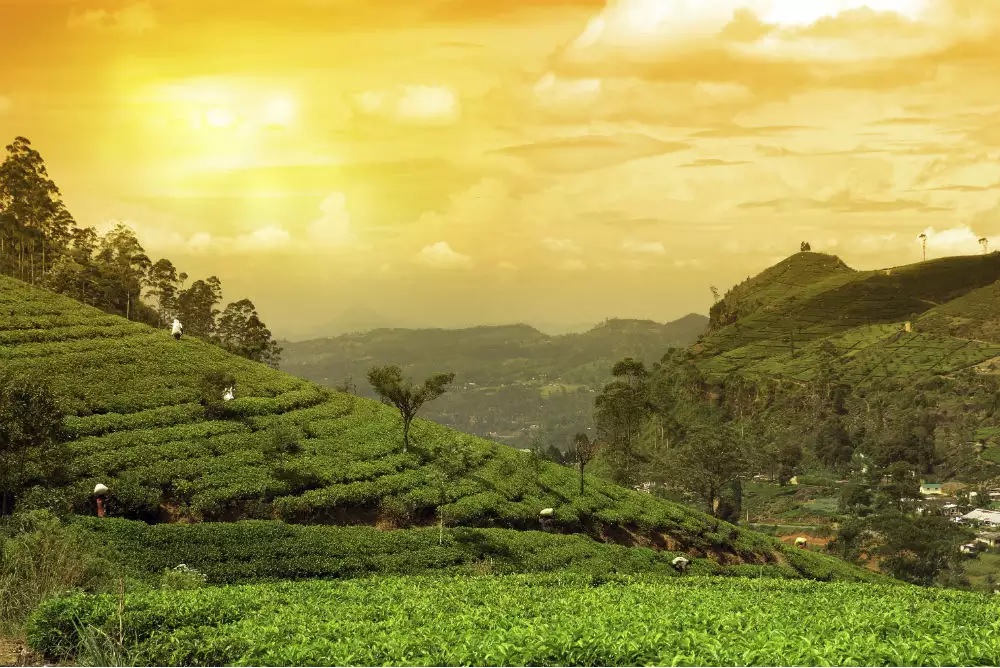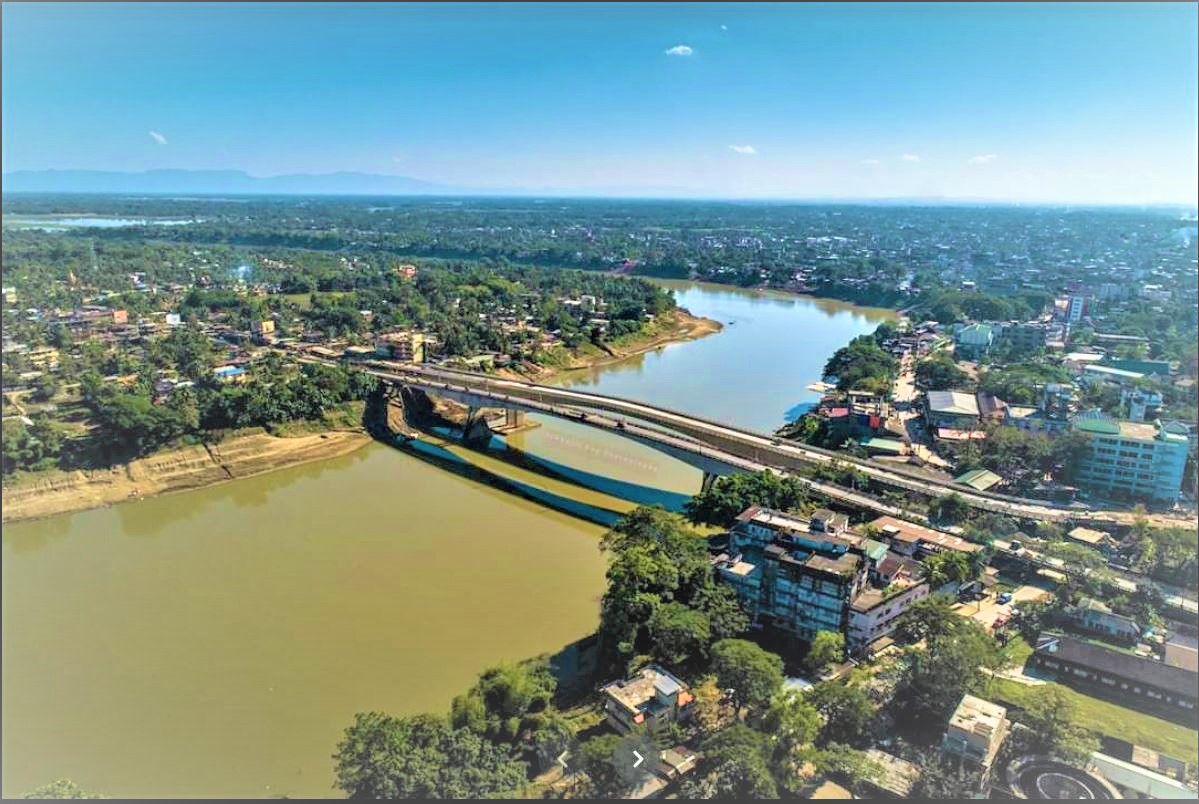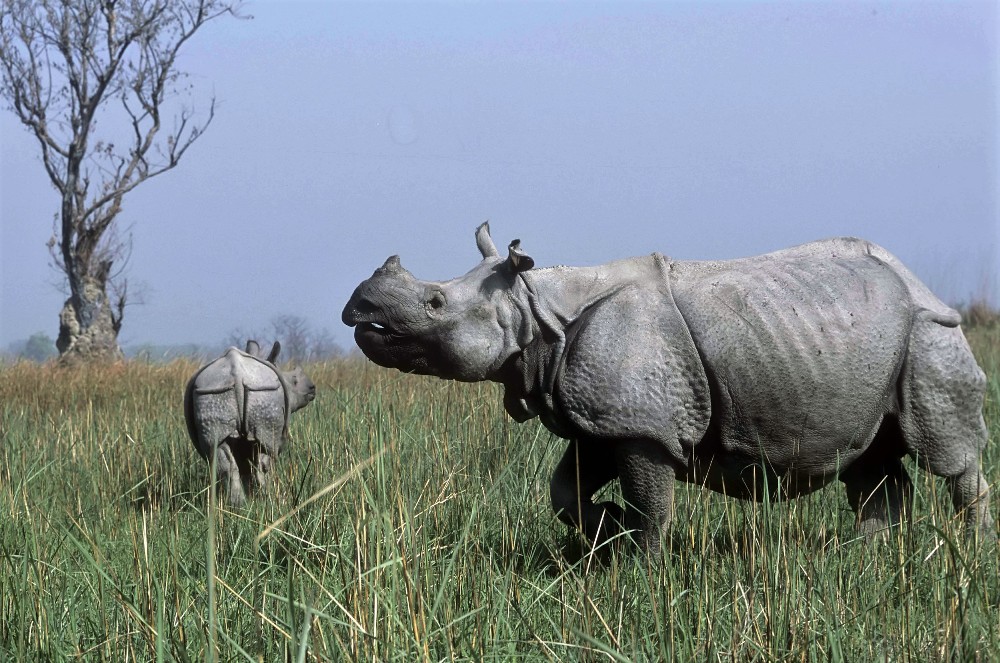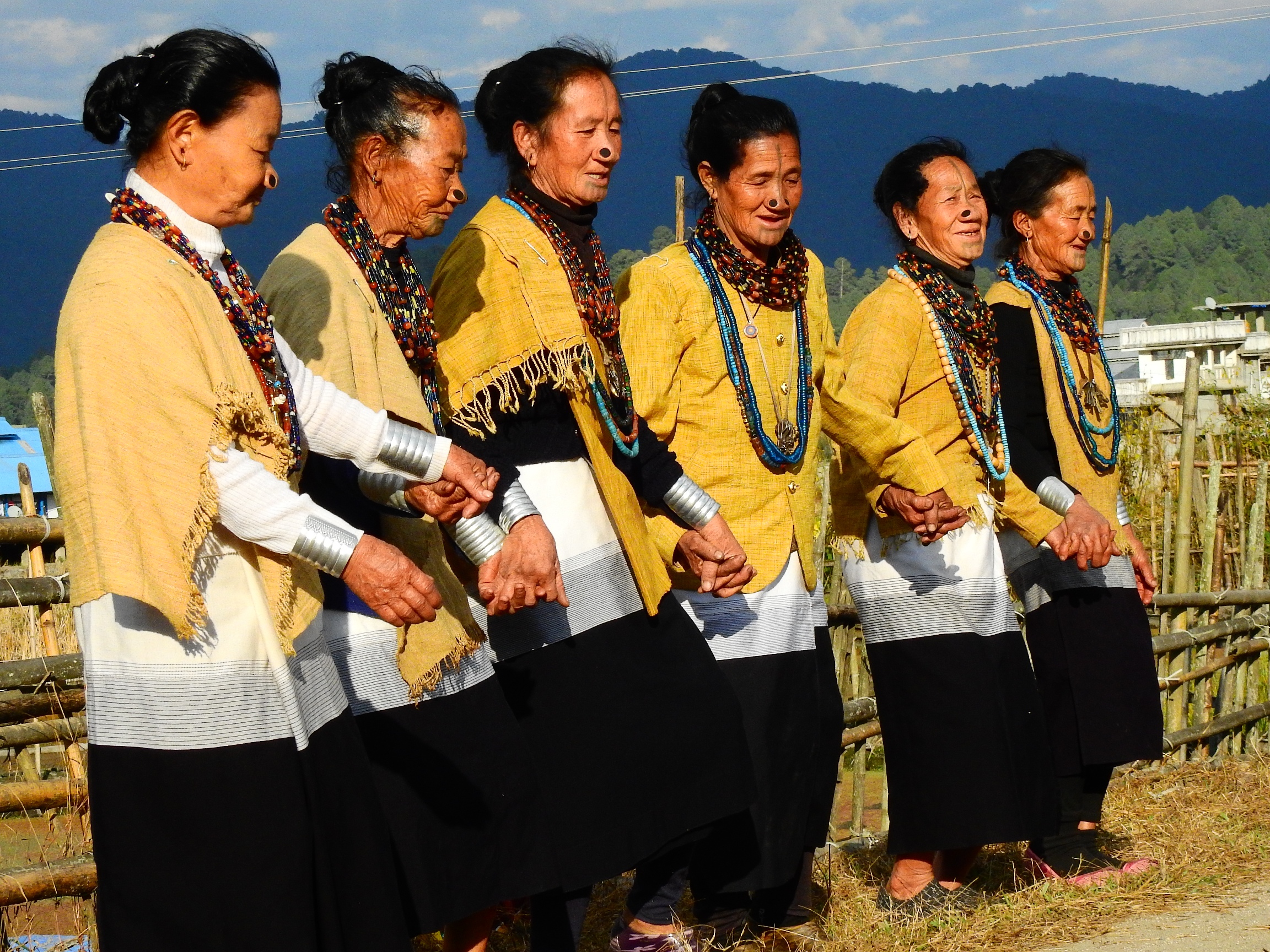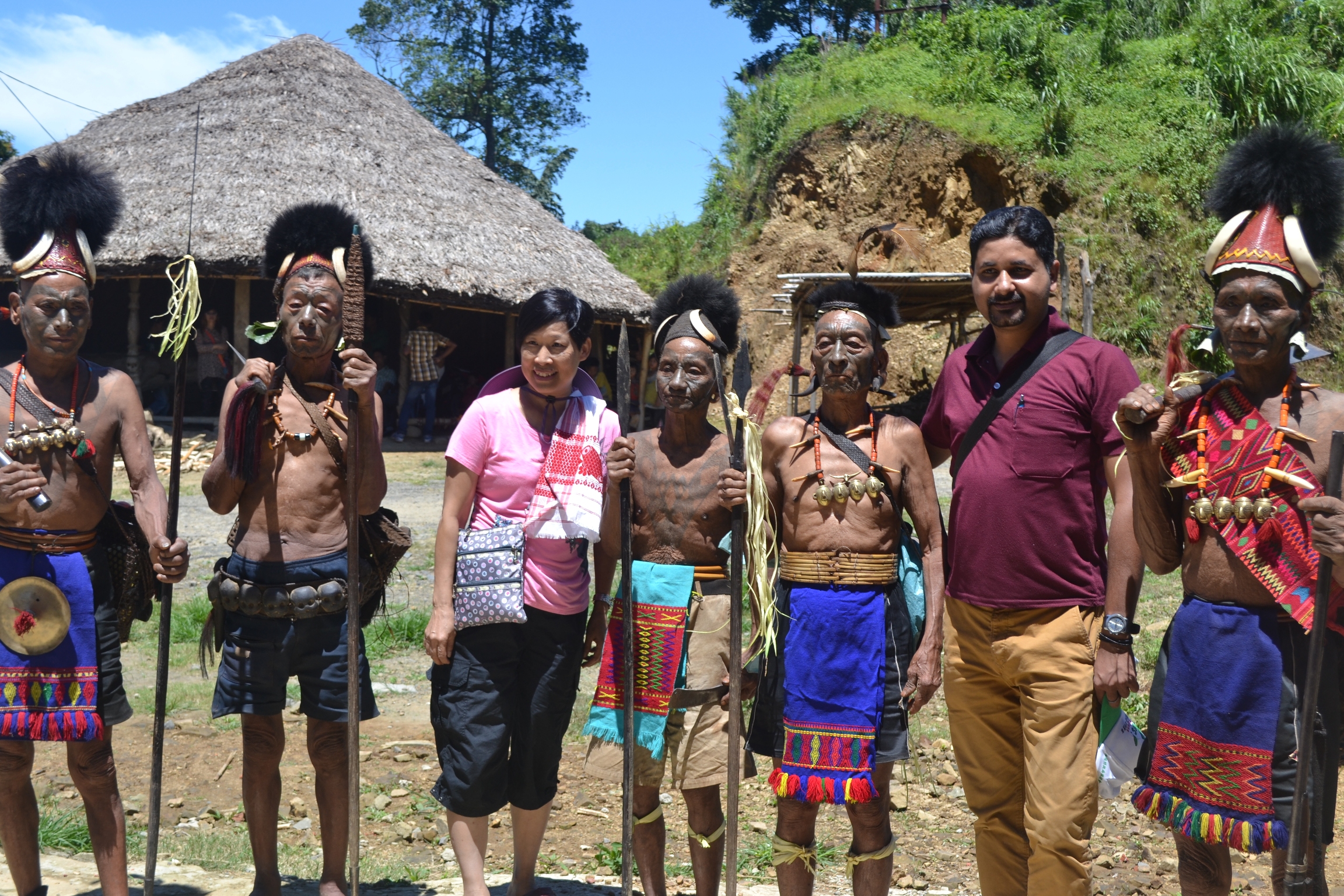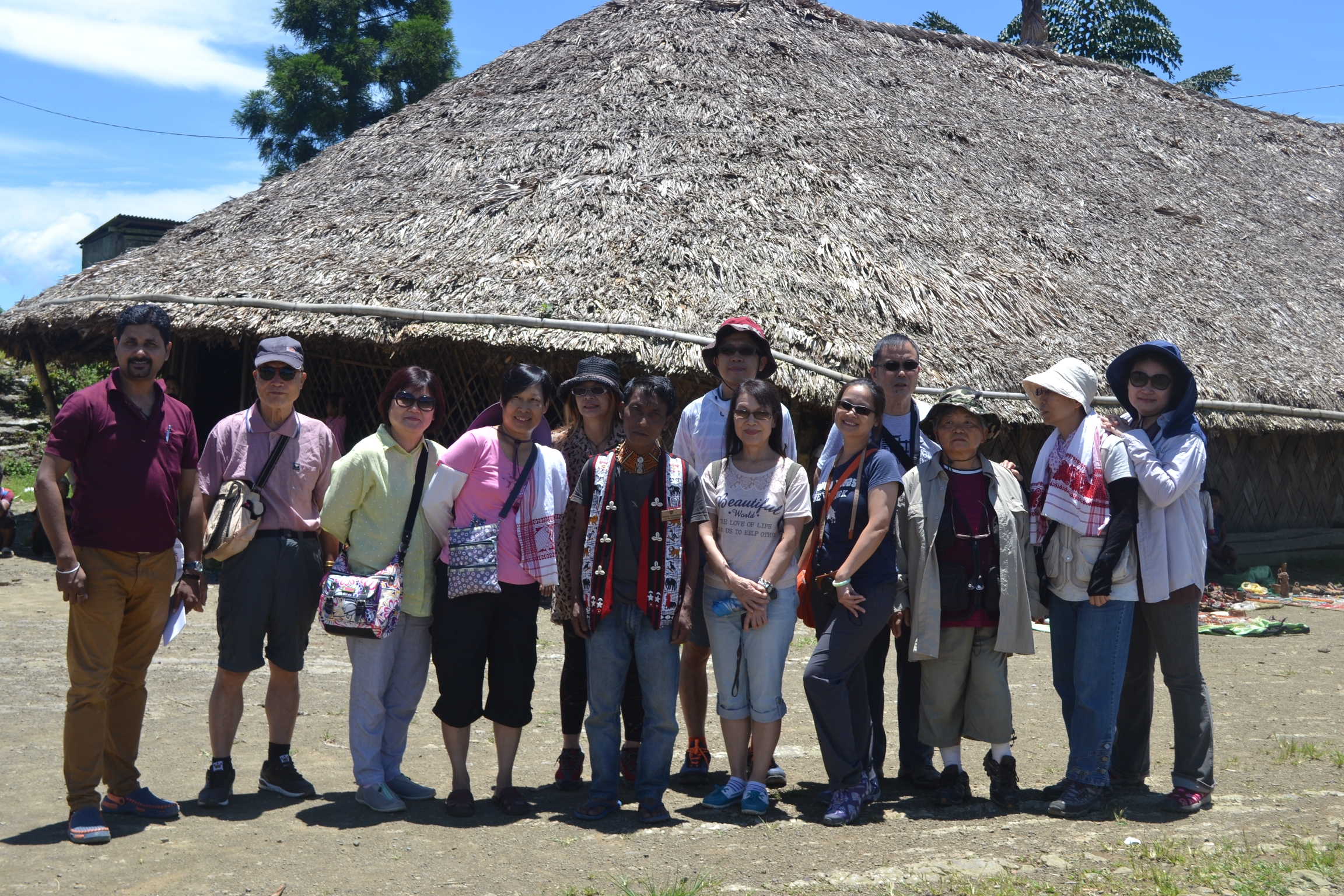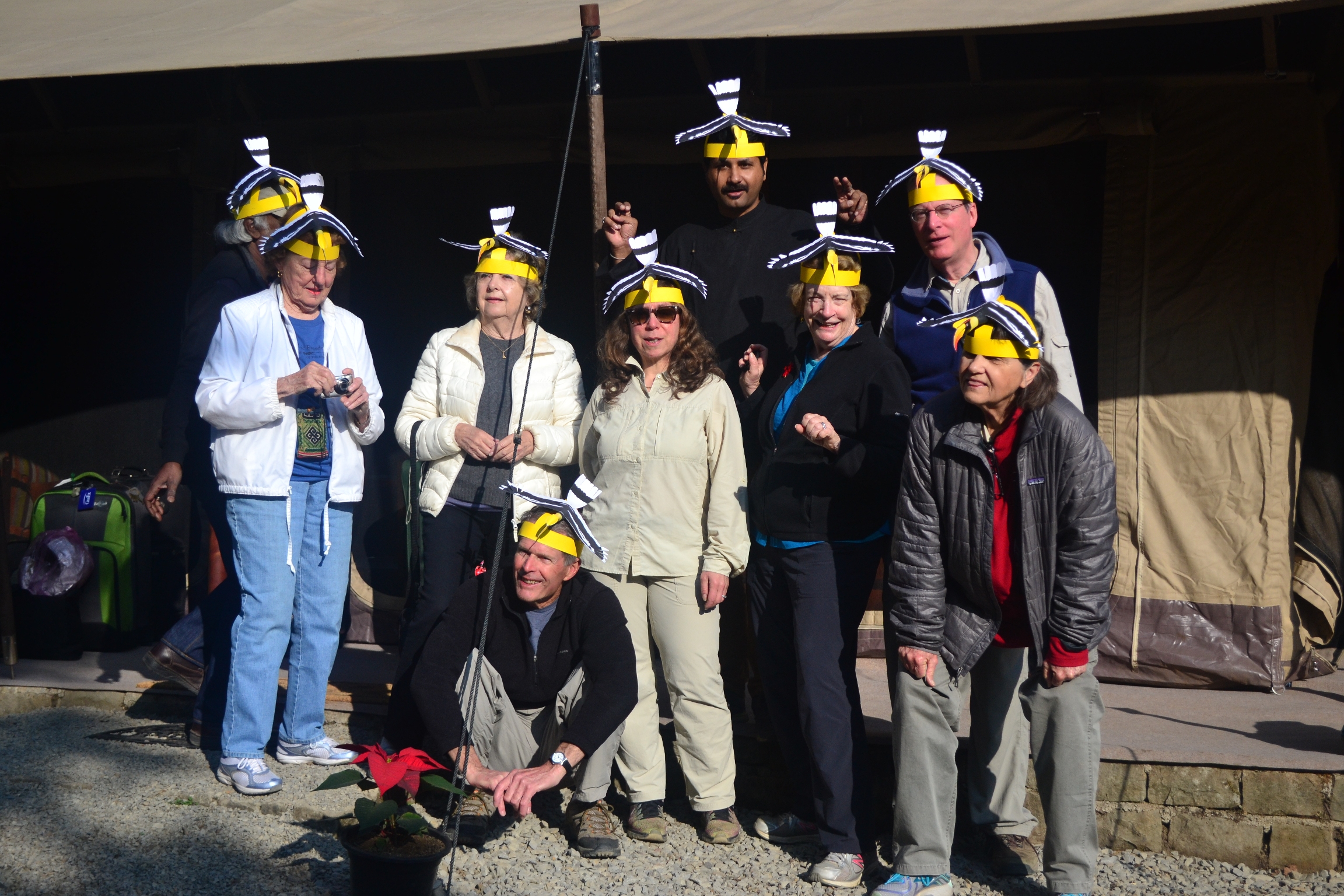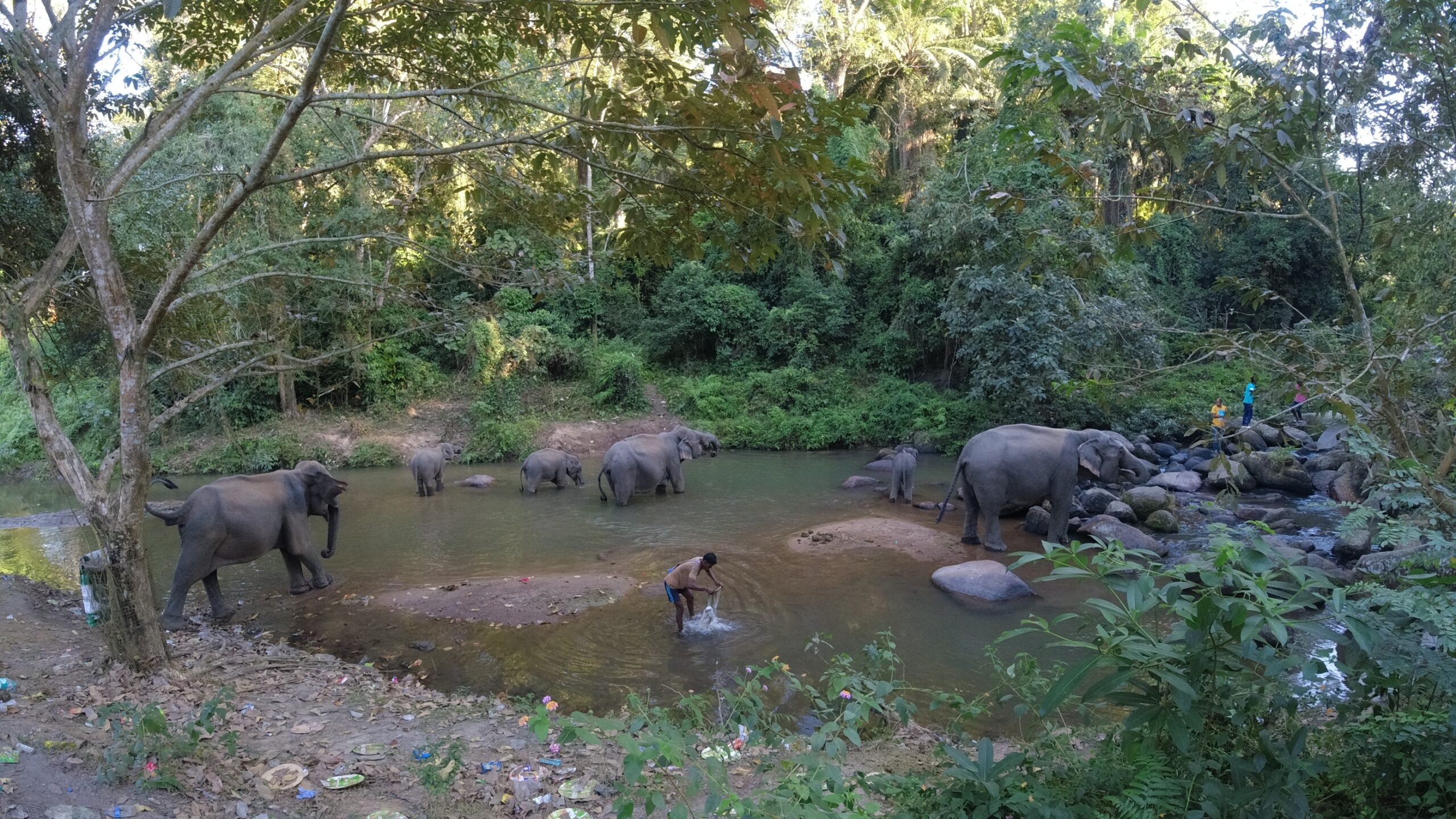Golden Triangle of North-East India
Embark on a mesmerizing journey through the enchanting landscapes of North-East India’s Golden Triangle. This 8-day tour will take you through the cultural and natural wonders of Guwahati, Shillong, and Cherrapunjee, allowing you to immerse yourself in the region’s rich heritage and breathtaking beauty.
The adventure begins in Guwahati, where you’ll visit the sacred Kamakhya Devi Temple and the serene Umananda Temple on Peacock Island. The following day, we proceed to Shillong, also known as the “Scotland of the East,” with a stopover at the picturesque Umiam Lake. Explore the vibrant Police Bazaar and soak in the city’s lively ambiance.
Experience the legendary David Scott Trail, once an essential trade route, while en route to Cherrapunjee, the land of cascading waterfalls and living root bridges. Marvel at the magnificent Nohkalikai Waterfalls and visit the Double Decker Living Root Bridge or opt for the Seven Sister’s Waterfalls and Dainthlem Falls excursion.
The tour then takes you to Dawki, where you’ll witness the crystal-clear waters of Umngot River and experience a country boat ride. Discover Mawlynnong, hailed as the “cleanest village in Asia,” and admire the Single Decker Living Root Bridge at Riwai village.
Next, we journey to Kaziranga National Park, a UNESCO World Heritage site renowned for its one-horned rhinoceros population. Enjoy thrilling wildlife safaris, including Elephant and Jeep safaris, to explore the park’s western and central zones.
Concluding the adventure, we head back to Guwahati, where you’ll depart with unforgettable memories of the Golden Triangle of North-East India.
Detailed Tour Plan
Day 1, Guwahati
Arrive Guwahati in morning and visit Kamakhya Devi Temple- on Nilachal hill, 08 kms west of Guwahati city, is one of the most sacred shaktipeeths in India. The temple is dedicated to goddess Kamakhya an incarnation of Sati. It says the Shiva Purana, that the yoni or creative organ of Sati fell when Vishnu, in a bid to save the world from the Shiva’s tandava nrittya or dance of destruction, cut her dead body into 51 pieces with his suddarshan chakra. The garbhagriha deep inside the temple, marks the sacred spot and is kept covered with red silken cloth.
Later we visit Umananda Temple-dedicated to Lord Shiva on Peacock Island by public ferry. Later check-in into your hotel for relaxed evening or walk around the market area. O/n in Hotel.
Day 2, Guwahati – Shillong (approx. 150 km / 3-4 hrs)
After relaxed breakfast drive to Shillong with enroute stopover at Umiam Lake to enjoy the scenic beauty of the area. Reach Shillong & check into the hotel on arrival. Evening walk around the Police Bazaar (The Mall Road) on your own. Overnight.
Day 3, Shillong – David Scott Trail – Cherrapunjee (approx. 16 kms / 2-3 hrs walk + 40kms/1hrs drive)
After breakfast proceed towards Sacred Forest at Mawphlang, starting point of infamous David Scott Trail.
David Scott, a British Administrator was instrumental in the building of the trail in 1829. The Trail, previously part of a network of foot and horse paths used by the indigenous Khasi criss-crossing the hills as well as more established trade routes, was expanded to increase trade between Guwahati in Assam, Shillong and Sohra (Cherrapunji) in Meghalaya, and Sylhet in Bangladesh. When it was developed, the entire trail from Assam to Bangladesh covered about 130 miles.
After completing a portion of this trail we again drive to Cherrapunjee and visit Arwah Cave & Nohkalikai Waterfalls before we settle down in our hotel for overnight stay.
Day 4, Cherrapunjee
After breakfast, go for a day long trek to Double Decker Living Root bridge. Also visit Rainbow Water Falls. Later drive back to the hotel. Overnight.
OR
Visit Seven Sister’s Water Falls & Dainthlem Falls
Day 5, Cherrapunjee – Dawki – Mawlynnong & back to Shillong (approx. 194 kms / 5-6 hrs)
After breakfast drive to Dawki – the border town between India and Bangladesh. In Dawki you can also see the Suspension bridge above the Umngot River. The suspension bridge was constructed during the British rule. You can also enjoy a country boat ride in the Umngot River. The specialty of Umngot River is that – the water is very crystal clear even you can see the ground. After that, drive towards Mawlynnong- also known as the “cleanest village in Asia”. You can observe the cleanliness of the village by taking a short walk. Post lunch visit the nearby Riwai village and walk around the Single Decker Living Root Bridge. Return to the hotel. Overnight. Note: Water activities are subject to river & weather conditions.
DAY 6: SHILLONG – KAZIRANGA NATIONAL PARK (ABOUT 280 KMS/6-7 HRS.)
Morning after breakfast drive to Kaziranga National Park. En-route lunch. Arrive Kaziranga National park and transfer to your hotel. O/n in hotel.
Kaziranga National Park is spread over 850 sq kms across Golaghat, Nagaon and Sonitpur districts. Kaziranga National Park is also designated World Natural Heritage sites by UNESCO in 1985. Originally established as a reserve forest in 1908, Kaziranga was declared a sanctuary in 1916 to counter excessive poaching, especially of its most prized inhabitant, the rhinoceros.
IMP NOTE: Kaziranga National Park is officialy closed between 01st May TILL 31st Oct every year.
DAY 7: KAZIRANGA NATIONAL PARK
Early morning enjoy Elephant safari to visit western range of the park. Return back to your hotel for breakfast. After breakfast Jeep safari in Central zone. Afternoon after lunch enjoys your last Jeep safari into the park in western zone. O/n Hotel.
Jeep Safari Timings:
Morning Safari starts between 07.00 am till 09.30 am for 02 hours.
Afternoon Safari starts between 01.30 pm till 03.30 pm for 02 hours.
Elephant Safari Timings:
Western Zone (for Indian Tourists) of the park from 05.30 am and at 06.30 am for 40 minutes respectively.
Central Zone (for Foreign Tourists) of the park from 05.30 am and at 06.30 am for 40 minutes respectively.
Note:
Elephant safari for foreign nationals are held only on Central Range, Kohora (Elephant ride is subject to availability from the Forest Dept.)
Allocation of elephant riding seats and timings are regulated by the forest department, Kaziranga National Park, Government of Assam. The tickets for the same are issued only on the previous evening of the ride after 7:30 PM. We will try our utmost to avail the seats but cannot guarantee the same.
Day 8: KAZIRANGA-GUWAHATI (approx. 240 kms/5-6 hrs.)– DELHI/KOLKATA (FLIGHT)
After breakfast drive back to Guwahati and transfer to Guwahati airport on-time to catch your flight to onward destination.
END OF OUR SERVICES.
Tour FAQs
Q: What is the duration of the Golden Triangle of North-East India tour?
A: The tour spans 8 days, offering a captivating journey through the cultural and natural highlights of North-East India.
Q: What are the major attractions covered in the tour?
A: The tour covers Guwahati, Shillong, Cherrapunjee, Kaziranga National Park, and other scenic spots like Umiam Lake, Nohkalikai Waterfalls, and Dawki with the crystal-clear Umngot River.
Q: What is the significance of Kamakhya Devi Temple in Guwahati?
A: Kamakhya Devi Temple is one of the most sacred Shaktipeeths in India, dedicated to the goddess Kamakhya, an incarnation of Sati. The temple holds religious significance for devotees.
Q: What activities can be enjoyed in Shillong?
A: In Shillong, you can explore the vibrant Police Bazaar, known for its shopping and local cuisine, and visit the picturesque Umiam Lake for its scenic beauty.
Q: What is the highlight of the excursion to Cherrapunjee?
A: The Cherrapunjee excursion includes a trek on the infamous David Scott Trail, a historical footpath with breathtaking views. You’ll also visit the awe-inspiring Nohkalikai Waterfalls and experience the living root bridges.
Q: What wildlife safaris are included in the Kaziranga National Park visit?
A: The tour includes exciting wildlife safaris, including Elephant and Jeep safaris, to explore the western and central zones of Kaziranga National Park, known for its one-horned rhinoceros population.
Q: Are the tickets for Elephant safaris guaranteed?
A: Elephant safari seats are subject to availability from the Forest Department. While we will make every effort to secure seats, we cannot guarantee availability.
Q: What are the transportation modes used in the tour?
A: The tour involves road travel between destinations, with stops at various attractions. Flights are used for specific transfers, such as Imphal to Agartala and Guwahati to Delhi/Kolkata.
Q: Is the tour suitable for nature enthusiasts and adventure seekers?
A: Yes, the tour caters to nature enthusiasts and adventure seekers as it includes visits to pristine landscapes, waterfalls, living root bridges, and wildlife safaris in Kaziranga National Park.
Q: What is the best time to embark on the Golden Triangle of North-East India tour?
A: The best time for this tour is during the winter season, from November to February, when the weather is pleasant and suitable for sightseeing and outdoor activities.
